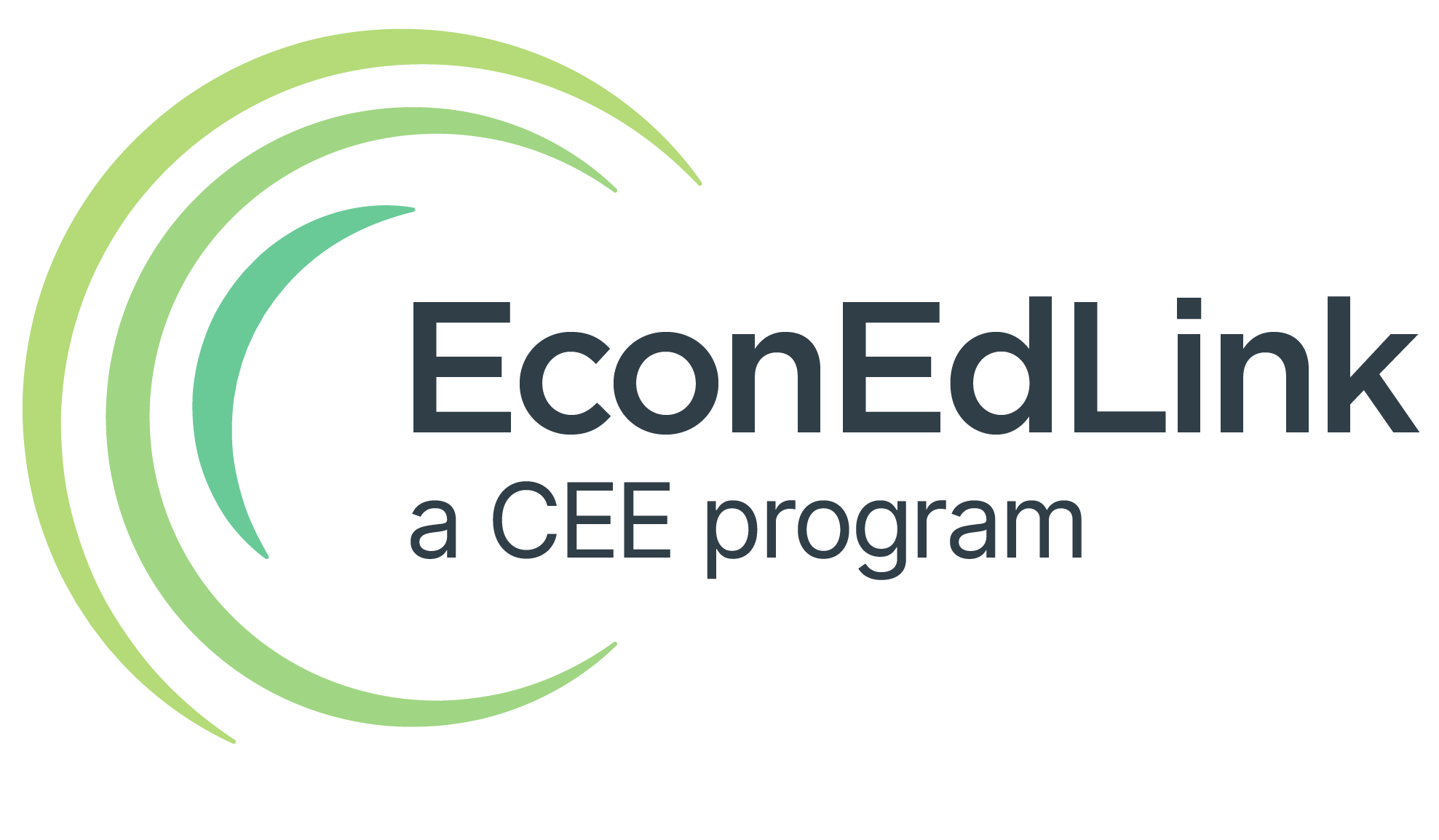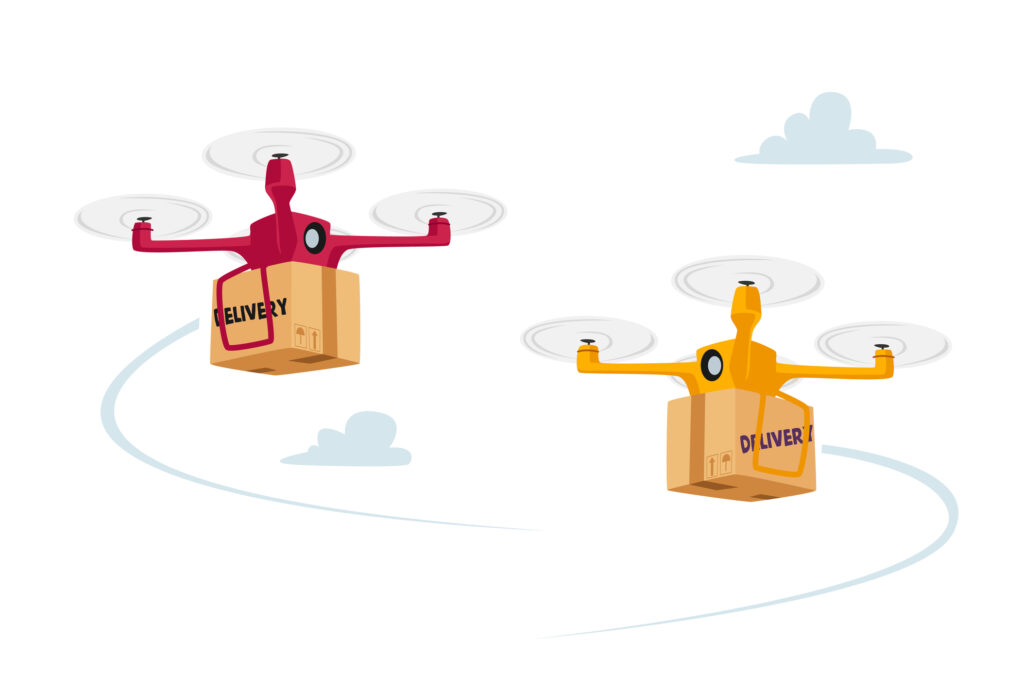
Grades 3-5

Don't have an account yet? Sign up for free
Don't have an account yet? Sign up for free
Teachers will be able to:

This video is available to view for EconEdLink members only.
In this economics webinar, shed light on why many people still do not vote in the United States.
Since the 1960’s, many Americans eligible to vote have not bothered to do so, not even in presidential elections. Low rates of participation have been worrisome to people interested in preserving our democratic traditions.
Economists have tried to explain why people don’t vote, suggesting that people who chose not are acting rationally in that the costs associated with voting (such as time spent on registration, rearranging work schedules, getting to the polls, and gathering information on the candidates) appear to outweigh the benefits (influencing the outcome of an election or gaining the satisfaction of being a good citizen).
More recently, however, voter-participation rates have gone up again. What has caused the trend to change? Why are more people voting? This lesson will examine factors that influence voter turnout.

Grades 3-5

Grades 3-5, 6-8

Grades K-2, 3-5

Grades K-2
